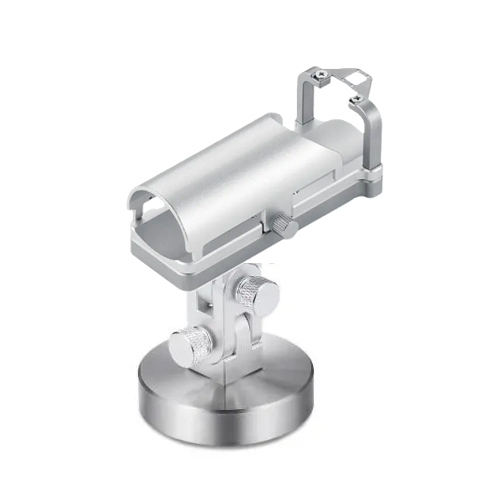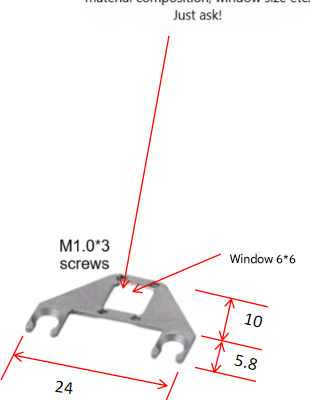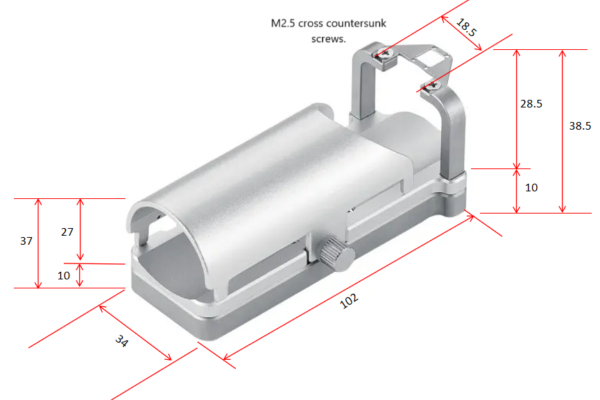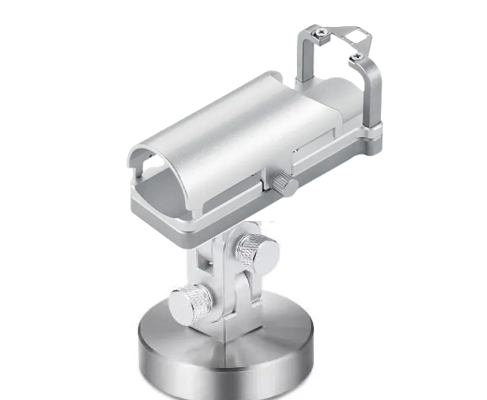The Maze Engineers Head fixation system is utilized in neurobiological research settings to stabilize mouse head movements across various behavioral experiments. The body cover and lid system allow for easy transfer of the mouse to the system. Customizable head bars allow for versatility for stabilization and application.
These devices are frequently employed in the study of anaesthesia effects, facial function, neuroimaging, reflex adaptation, operant conditioning, and behaviors such as eye blinking in mice (Schwarz et al., 2010).





